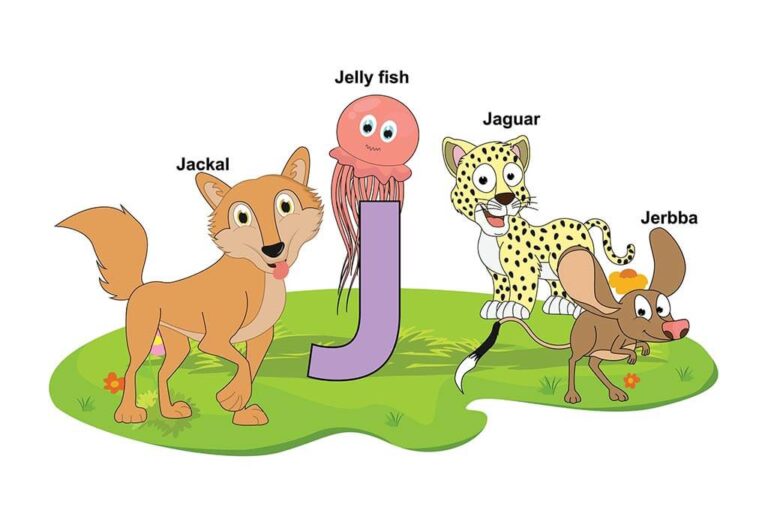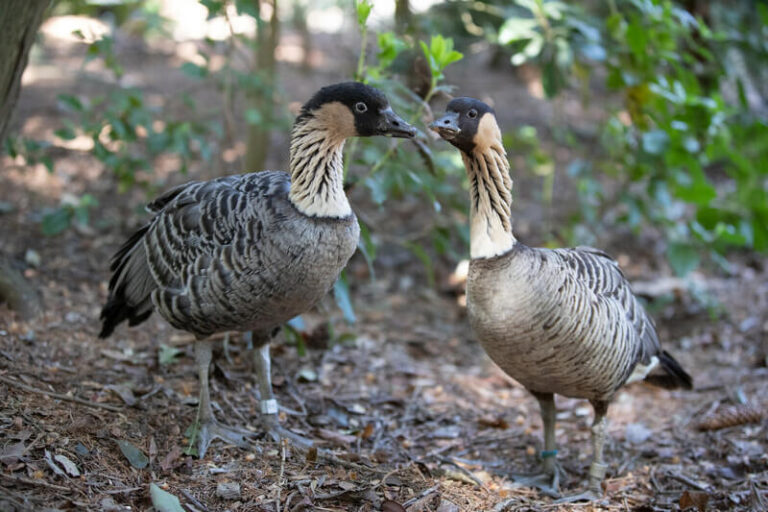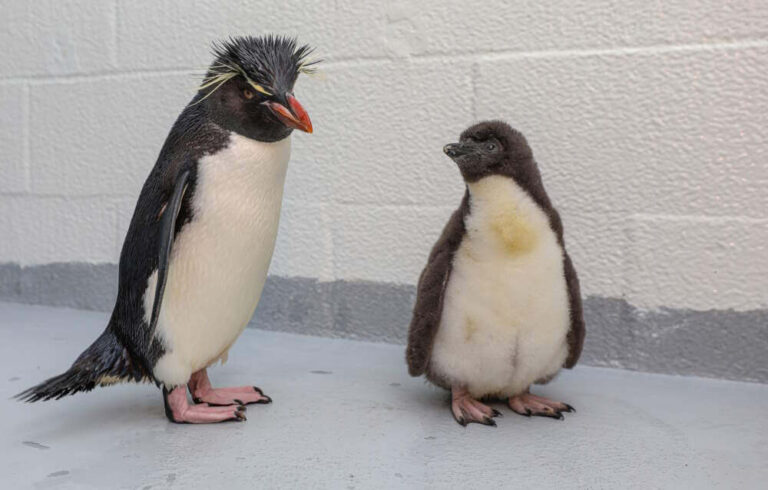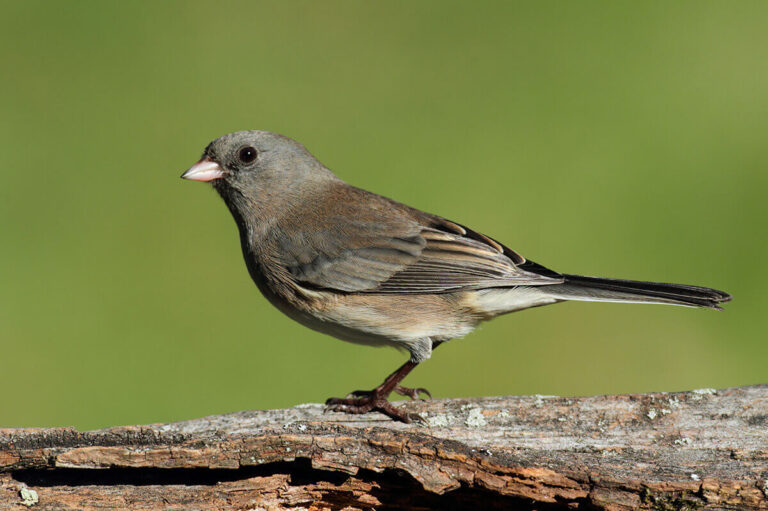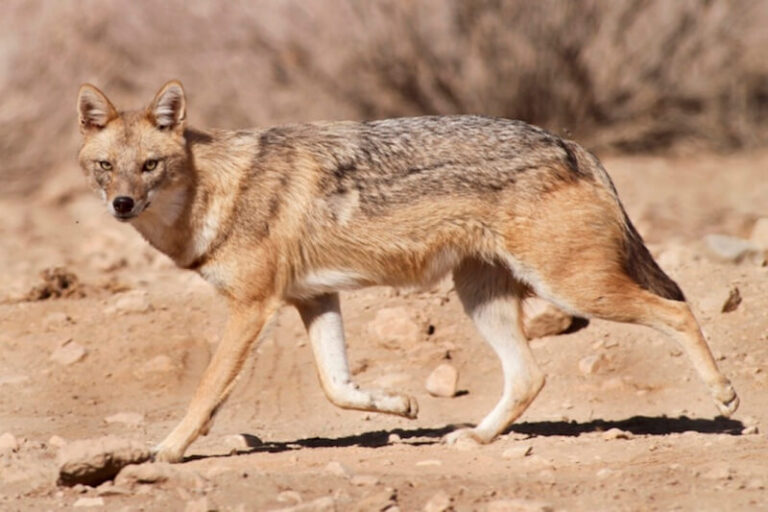Vicuña (Vicugna vicugna): An In-Depth Exploration
The vicuña (Vicugna vicugna) is a remarkable and elegant animal native to the high Andean regions of South America. Known for its valuable wool and its role as a national symbol in Peru, the vicuña holds great significance both ecologically and economically.
This article delves into various aspects of this fascinating animal, including its scientific classification, physical characteristics, habitat, behavior, diet, reproduction, predators, conservation status, interesting facts, evolutionary history, and its relationship with humans.
Contents
Scientific Classification
- Kingdom: Animalia
- Phylum: Chordata
- Class: Mammalia
- Order: Artiodactyla
- Family: Camelidae
- Genus: Vicugna
- Species: Vicugna vicugna
The vicuña belongs to the Camelidae family, including llamas, alpacas, and camels. Despite its small size compared to its relatives, the vicuña is a direct ancestor of the domesticated alpaca.
Physical Characteristics

The vicuña is known for its graceful appearance, with several distinct physical traits:
- Size: Standing about 80-85 cm (31-33 inches) at the shoulder and weighing around 40-50 kg (88-110 pounds), the vicuña is the smallest member of the camelid family.
- Fur: Its coat is its most prized feature, consisting of fine, soft wool that is considered one of the most valuable natural fibers in the world. The light brown to golden wool, with a lighter underbelly.
- Neck: The animal has a slender neck, which adds to its elegant stature.
- Legs: Vicuñas possess long, thin legs adapted for running and navigating the rugged Andean terrain.
Habitat
Vicuñas are found in the high-altitude regions of the Andes Mountains, primarily in Peru, Bolivia, Argentina, Chile, and Ecuador. Their typical habitat is at elevations ranging from 3,200 to 4,800 meters (10,500 to 15,750 feet), where temperatures fluctuate between extremes.
- Preferred Environment: Vicuñas thrive in grasslands and scrublands called puna. These areas have sparse vegetation but provide the necessary grasses for their diet.
- Adaptations: To survive in such harsh environments, vicuñas have developed physiological adaptations, including a specialized heart and lungs that efficiently absorb oxygen in low atmospheric pressure.
Behavior
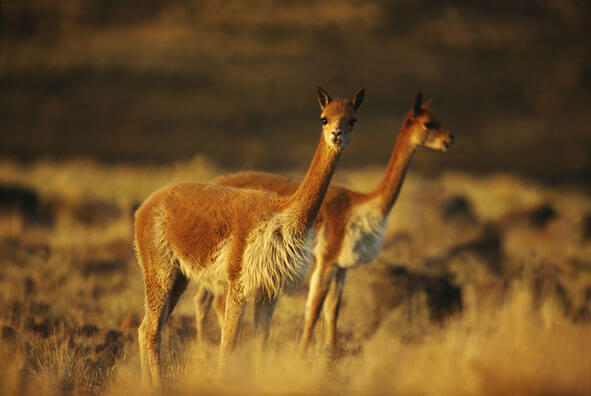
Vicuñas are highly social animals, living in family groups that consist of a dominant male, several females, and their offspring. Key aspects of their behavior include:
- Territoriality: Males are highly territorial and defend their grazing areas from other males. They mark their territories using dung piles, known as “latrine behavior.”
- Social Structure: The social group is cohesive, with females and young vicuñas forming the core, while the dominant male defends the group from predators and rival males.
- Vocalizations: Vicuñas use a variety of vocalizations, including alarm calls, to alert the group to danger.
Diet
Vicuñas are herbivores, feeding primarily on tough grasses that grow in the high-altitude regions they inhabit. Their diet includes:
- Grasses: They mainly consume Stipa and Festuca species of grasses.
- Water Intake: Given the arid environment, vicuñas obtain most of their water from the plants they eat and can survive in regions with limited water sources.
Reproduction
The reproductive cycle of vicuñas is seasonal, with mating occurring during the southern hemisphere’s warmer months (March to April).
- Gestation: The gestation period lasts about 11 months, and females usually give birth to a single offspring, a cria.
- Offspring Development: The cria can stand and walk within a few hours of birth. It remains with its mother for about 10 months, after which the dominant male drives off the young males to form bachelor groups.
- Lifespan: In the wild, vicuñas can live up to 15-20 years, influenced by predation and environmental factors.
Predators
In the wild, vicuñas face predation primarily from:
- Pumas: The main predator of vicuñas in the Andes. Vicuñas rely on their speed and agility to escape.
- Andean Foxes: Although less common, these smaller predators may threaten vicuña crias.
Conservation Status
The vicuña was once endangered due to excessive hunting for its wool. However, successful conservation efforts have led to a significant recovery of their population.
- Conservation Efforts: Vicuñas are protected under national and international laws. In Peru, the vicuña is a protected species, and local communities are allowed to shear vicuñas for wool without harming them, a practice that has significantly aided in conservation.
- Current Status: The IUCN classifies the vicuña as Least Concern, though continued vigilance is necessary to ensure its survival.
Interesting Facts
- Vicuña wool is so fine and soft that it was once reserved for royalty in the Incan Empire. Today, it remains one of the most expensive fibers in the world.
- Vicuñas can run up to 47 km/h (29 mph), which helps them evade predators.
- Unlike other camelids, vicuñas are not domesticated, though their close relative, the alpaca, was domesticated thousands of years ago from wild vicuñas.
Evolutionary History
The vicuña is one of the two wild South American camelids alongside the guanaco. They are believed to have evolved around 2-3 million years ago in the Andes. The vicuña is considered the ancestor of the domesticated alpaca, which shares similar characteristics, particularly its wool.
Relationship with Humans
Vicuñas have long played a role in South American culture. The ancient Incas revered them, and they were protected by law. Today, their wool remains a luxury commodity, and sustainable harvesting practices provide an important source of income for local Andean communities.
- Sustainable Use: Modern conservation programs allow vicuñas to be captured, shorn, and released back into the wild. This sustainable practice ensures that both the animal population and local economies benefit.
Conclusion
The vicuña is a resilient and iconic species of the Andean highlands, celebrated for its valuable wool and elegant presence. Though once on the brink of extinction, conservation efforts have helped vicuñas thrive, ensuring that this remarkable species continues to play an important role in South America’s natural and cultural heritage. As an ancestor of the alpaca and a symbol of the Andes, the vicuña’s story is one of survival, adaptation, and coexistence with humans, making it a true marvel of nature.
- Golden Retriever Pros and Cons: What Every Pet Parent Should Know - 15 September 2025
- Cane Corso Dog Breed: Health, Care, and Lifespan - 14 September 2025
- Catahoula Leopard Dogs: Description, Temperament, Lifespan, & Facts - 21 July 2025


